The Listeners Companion
Series Editor: Gregg Akkerman
This series is devoted to giving readers a deeper understanding of music by teaching them how to listen to key works by major musical artists and composers from recognized musical genres.
Titles in the Series
Experiencing Stravinsky: A Listeners Companion, by Robin Maconie
Experiencing Stravinsky
A Listeners Companion
Robin Maconie

THE SCARECROW PRESS, INC.
Lanham Toronto Plymouth, UK
2013
Published by Scarecrow Press, Inc.
A wholly owned subsidiary of The Rowman & Littlefield Publishing Group, Inc.
4501 Forbes Boulevard, Suite 200, Lanham, Maryland 20706
www.rowman.com
10 Thornbury Road, Plymouth PL6 7PP, United Kingdom
Copyright 2013 by Robin Maconie
All rights reserved. No part of this book may be reproduced in any form or by any electronic or mechanical means, including information storage and retrieval systems, without written permission from the publisher, except by a reviewer who may quote passages in a review.
British Library Cataloguing in Publication Information Available
Library of Congress Cataloging-in-Publication Data
Maconie, Robin.
Experiencing Stravinsky : a listeners companion / by Robin Maconie.
p. cm. (Scarecrows listeners companion series)
Includes bibliographical references and index.
ISBN 978-0-8108-8430-4 (cloth : alk. paper) ISBN 978-0-8108-8431-1 (ebook)
1. Stravinsky, Igor, 18821971Criticism and interpretation. I. Title.
ML410.S932M26 2013
780.92dc23
2012038525
 The paper used in this publication meets the minimum requirements of American National Standard for Information Sciences Permanence of Paper for Printed Library Materials, ANSI/NISO Z39.48-1992.
The paper used in this publication meets the minimum requirements of American National Standard for Information Sciences Permanence of Paper for Printed Library Materials, ANSI/NISO Z39.48-1992.
Printed in the United States of America
In memory of David Drew
Series Foreword
The Listeners Companion is a series devoted to giving readers a deeper understanding of key musical genres and the work of major artists and composers. It does so by describing in lay terms the structures and historical contexts that serve as the ground for our experience when we listen to representative examples. By placing the reader in the real or supposed environment of the musics creation, a deeper enjoyment and appreciation of the art form are laid open. Authors within the series, drawing on their own expertise as performers and scholars, offer readers a broad understanding of major musical genres and the achievements of artists within those genres as a lived listening experience.
With these goals in mind, no better subject could be offered to launch this series than the work of Igor Stravinsky, without whom no thorough discussion of posttonal music is possible. Stravinsky is one of the worlds most revered twentieth-century composers and designated one of the one hundred most influential people of the century by Time magazine. Even after his death, honors continued to crown his achievements, including a Grammy for lifetime achievement in 1987. During his lengthy career, Stravinsky was at the forefront of compositional movements that included primitivism, neoclassicism, atonalism, and serialism. What better example could be found of a composer who embraced the disparate genres of his lifetime to create work of such consistent brilliance and relevance? From his childhood years hearing his father sing in the opera to his waning years as an Americanized mentor, Stravinsky steeped himself in music across cultures, wars, academic divides, and rapidly changing societal tastes in art.
With the rapid onset of technological advances during the opening decades of the twentieth century, music found itself, with other art forms, dragged into the postindustrial age, leaving many composers of these transitional years unable to convincingly bridge the gap. Not so Stravinsky. From his early successes with the Ballet Russe in the form of Loiseau de feu, Petrushka, and Le sacre du printemps to his dalliances with American jazz to his experiments with the posttonal compositional styles of the midtwentieth century, Stravinsky made music that begs to be listened to with an informed ear. Although sometimes accessible to the music hobbyist, much of Stravinskys music benefits from studied guidancea helpful soul willing to offer the occasional traffic sign and map coordinates.
Robin Maconie is uniquely qualified to serve as that guide. His past writing accomplishments, which include four books for Scarecrow Press, demonstrate his remarkable ability to condense so broad a musical life into a series of cohesive topics. Throughout, Maconie challenges us to recognize that Stravinskys music is the reflection of an age and its temperament at a level one rarely sees in any artist for so long a period. To learn how to listen to the music of Stravinsky is to better understand all art music of the twentieth century and ultimately pull into focus larger elements of our recent history. With his vast knowledge of Stravinsky and his milieus, Maconie delivers what is truly a first-of-its-kind complete guide to an informed musical appreciation of Stravinskys works. As the title of this work advertises, Maconie opens wide the door to listeners truly interested in Experiencing Stravinsky.
Gregg Akkerman
Preface
In the part of the world where I live, the most memorable art event of 2009 was a television commercial for Freshn Fruity yogurt (Wrecking Balls, by Colenso BBDO, which can be seen on the Internet). It purported to show what happens when plain yogurt and fruit flavors collide, in slow motion, against an appropriately alien background of Wassoulou traditional female song from southern Mali (or something very like it). The visual experience brought together an art of slow-motion science film with the action painting of Jackson Pollock (e.g., Number 23, 1948, a souvenir postcard from the Tate Gallery, London) and African traditional music, all in the service of a product selling good taste, fresh flavors, natural goodness, and a healthy lifestyle. Anybody encountering that television advertisement would know in a minute what the art of Jackson Pollock was about, without having to know any art historyor if one did know the artist, in a way one was unlikely to have known him before. Best of all, the viewer would understand the beauty of it: that the message of Pollocks action painting is not all about destruction and chaos in the aftermath of war but nature in the instantpatterns of energy at a fundamental level, at that zone in the mind where art calligraphy meets the Large Hadron Collider.
To the point, Jackson Pollock died in 1956. Eadweard Muybridge and Etienne-Jules Mareypioneers of stop-motion photography for the scientific study of time and motion in the natural worldcompleted their work, published their discoveries, and died the same year, 1904. Their discoveries inspired Picasso to cubism, Marcel Duchamp to paint Nude Descending a Staircase, the Italian futurist art of Carr and Boccioni, the animations of Walt Disney, and the science films of Mary Field and Percy Smith, makers of the Secrets of Nature series and codevelopers of the art of slow and accelerated motion (now clich) featuring bullets passing through apples and drops from a milk bowl rising in a perfect circle like a crown. All of these artists are long gone. Even the advertisers use of African traditional music is a reference to the impact of African traditional art on the twentieth-century European sensibilities of Picasso, Modigliani, Klee, Brancusi, and other greats. In other words, the success of a television commercial in 2009 is predicated on awakening and bringing together cultural memories that have been lying dormant in the Western psyche for sixty to a hundred years. If anything, it is a stark indication of how long it takes for new ideasin this case, a climate of new ideas associated with European modernism between 1900 and 1950to be assimilated into the consciousness of a media-aware general public. Even today, despite the impact of their discoveries, a reader may look in vain in a majority of dictionaries of the arts for any mention of Marey or the science movies of Field and Smith, let alone Wassoulou.

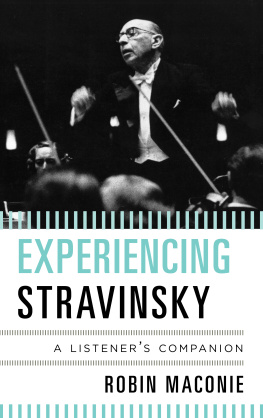
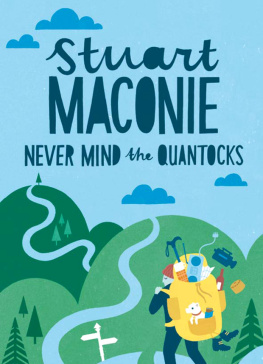
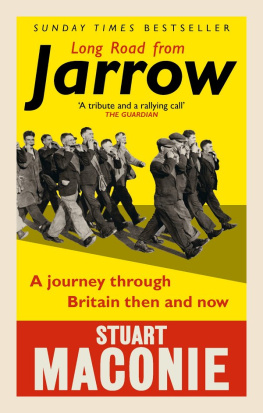
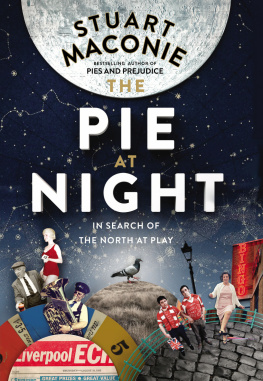
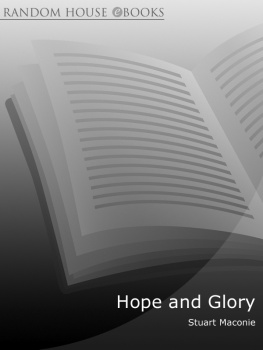

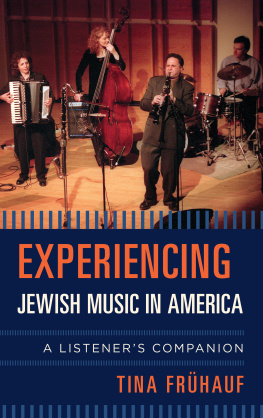
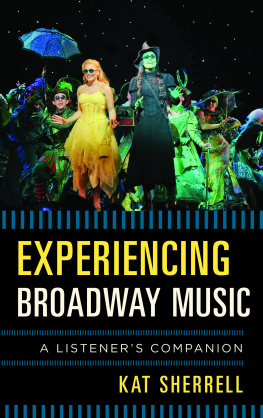
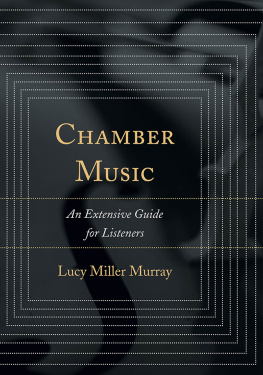
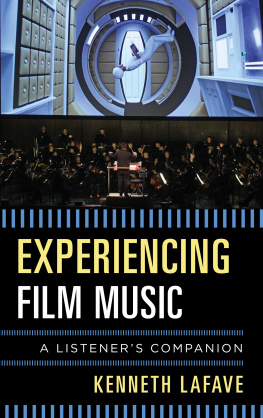
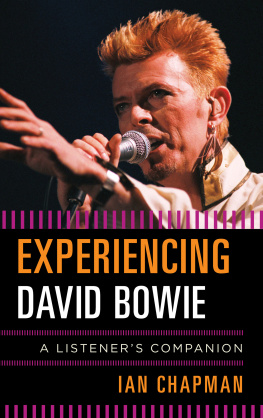
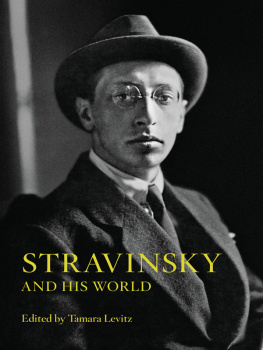
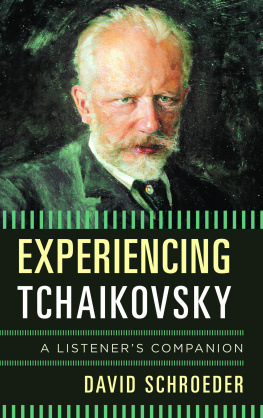
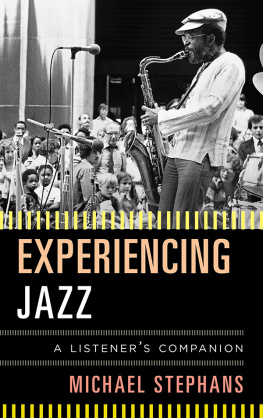
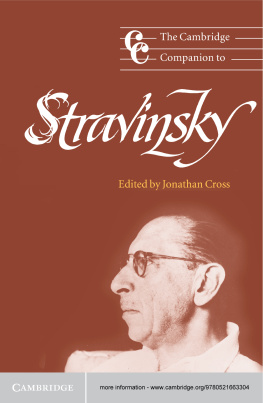

 The paper used in this publication meets the minimum requirements of American National Standard for Information Sciences Permanence of Paper for Printed Library Materials, ANSI/NISO Z39.48-1992.
The paper used in this publication meets the minimum requirements of American National Standard for Information Sciences Permanence of Paper for Printed Library Materials, ANSI/NISO Z39.48-1992.